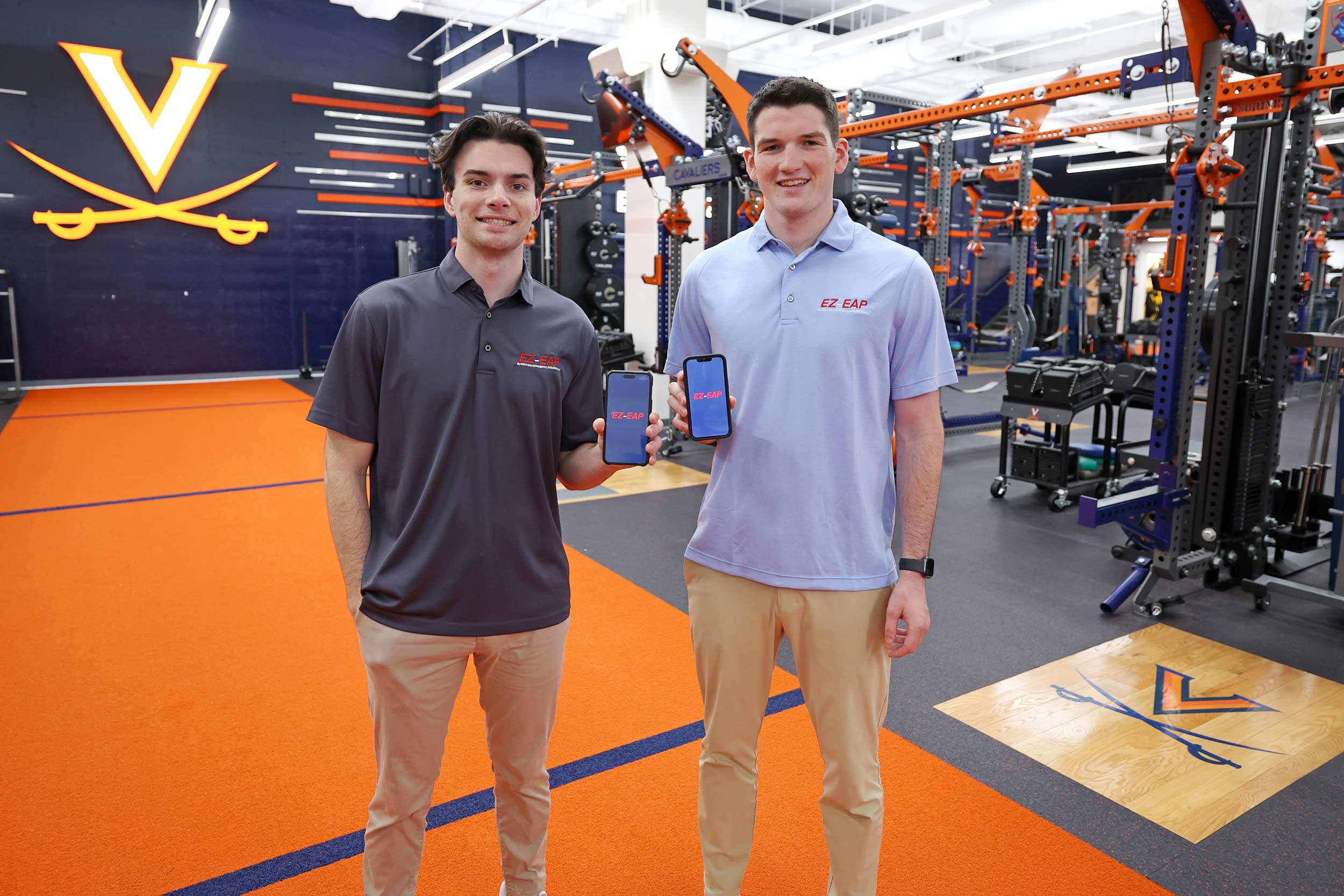
Help is On the Way: UVA Students Streamline Athletic Injury Care
Jacob Swisher’s idea for EZ-EAP began as a slow-onset itch.
His first solution was to take a cell phone picture of each plan, and, when he needed them, retrieve the image, zoom in, squint, and execute the protocols, texting thumbs flying. Next, he tried iPhone shortcuts to automate his emergency response workflow, which he called an improvement, “but not scalable.”
“It worked on my phone, but I couldn’t share it,” Swisher said.
“In entrepreneurship, people say you develop something to ‘scratch your own itch.' You solve your own problems, and then realize the solution you came up with is needed everywhere."
CNL student Jacob Swisher, who took home the top prize in UVA's Entrepreneurship Cup's "Shark-Tank"-like challenge
A sports medicine intern since 10th grade, he’d watch athletes get injured during games or practice—with broken bones, concussions, or maybe even a heat-related or cardiac event—and feel frustrated that the emergency action plans (EAPs for short) his team had so diligently prepared were often unhelpfully tucked into three-ring binders back in school buildings, where someone, often Swisher himself, had to sprint to retrieve them.
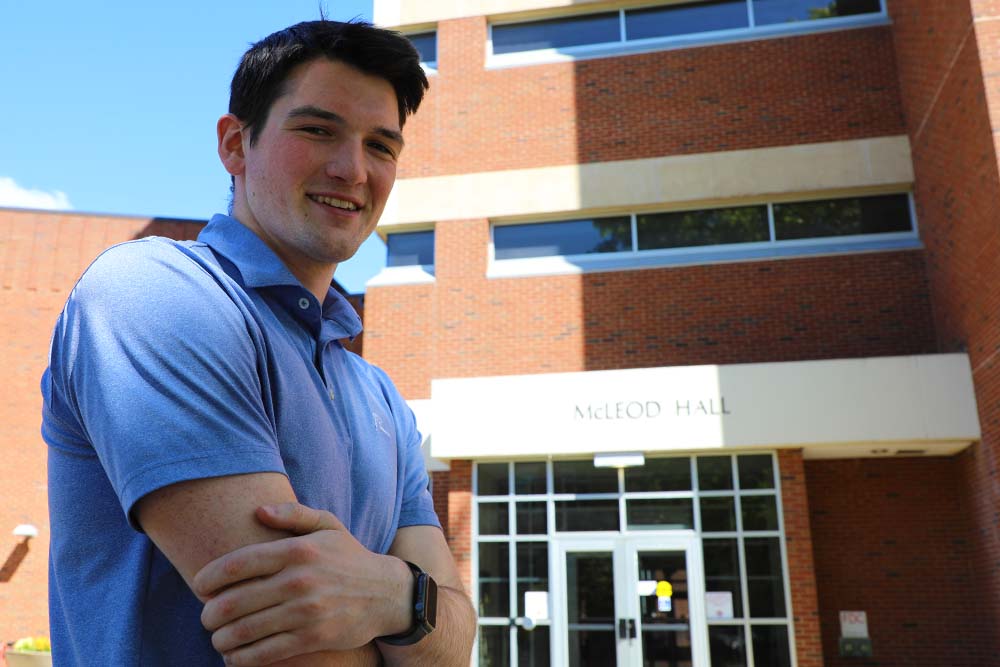
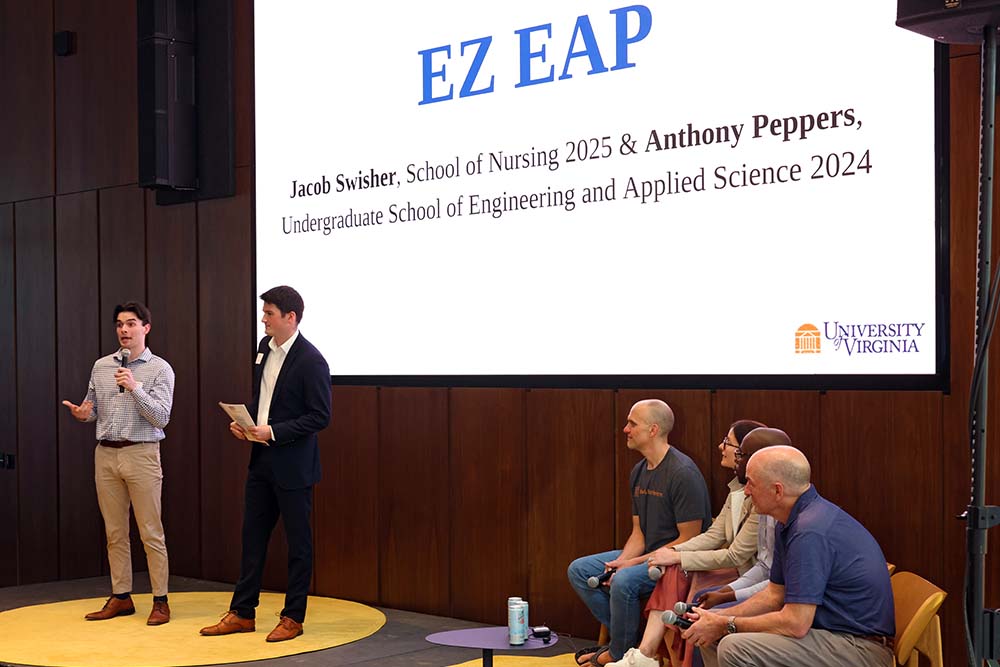
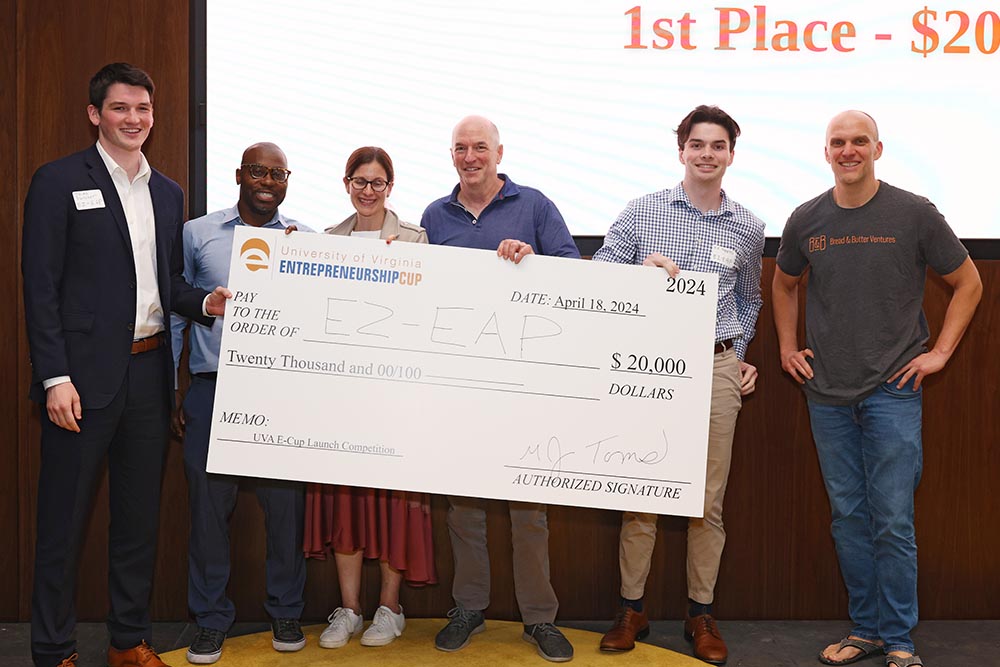
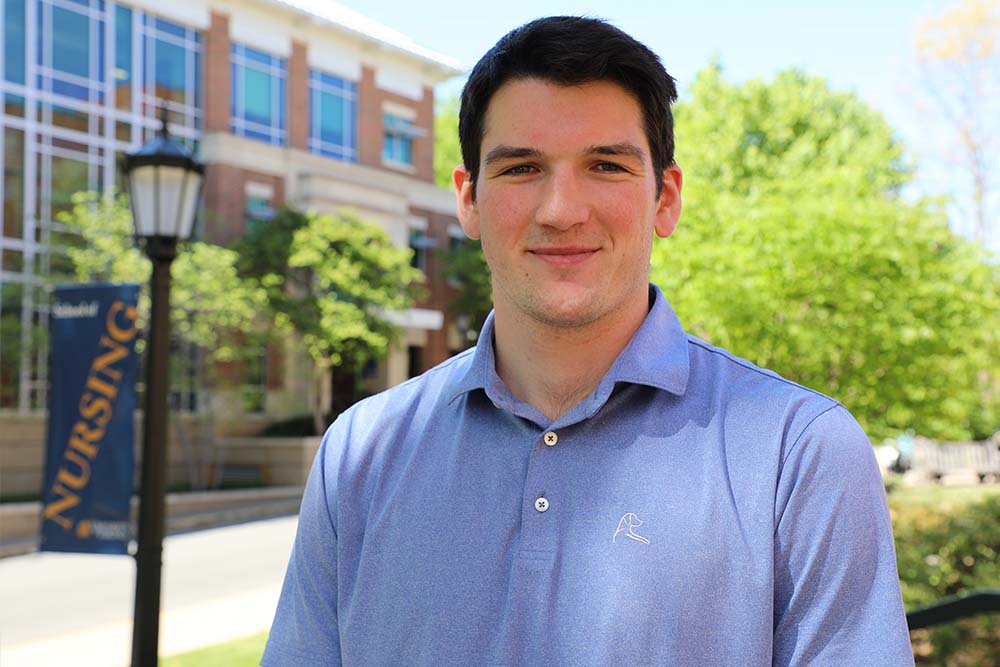
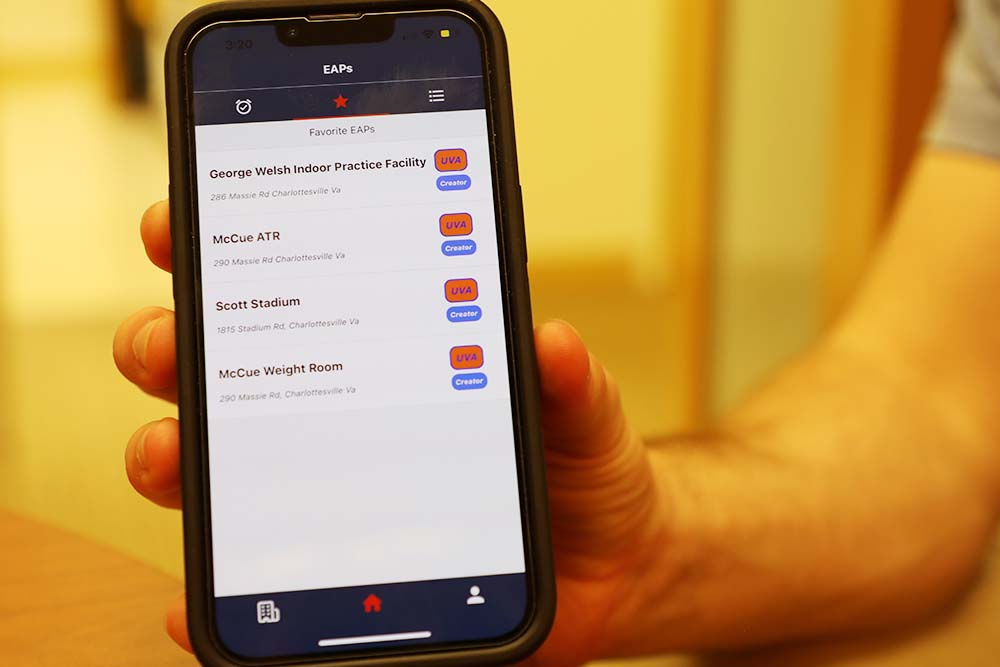
By the time the Arlington, Va.-native took professor Charles “Chip” Ransler’s entrepreneurship class his final semester of school, Swisher had an inventor’s vision. He sought out A.J. Peppers—a friend-of-a-friend computer science and economics major who had just finished an internship during which he’d built an intricate sales platform for local artists—to do the technological build. After a month, the duo had a working prototype, a plan, and a scalable vision for EZ-EAP, plus the good feeling that they were filling a marketplace void and doing good.
“When you think of app development, you think of ‘Candy Crush,’ or ‘Clash of Clans,’ and there’s a distinct profit motivation,” said Peppers, of Good Hope, Ga. “It’s meant to be entertainment, but there’s no tangible improvement. I thought EZ-EAP was cool because it’s helping people react to what are critical situations, preventing injuries, and, in the worst situations, saving lives.”
Swisher and Peppers entered the UVA Entrepreneurship Cup in fall 2023, a successfully pitched EZ-EAP through several rounds of the “Shark Tank”-like contest before making it to the finals and going head-to-head with nine other inventions. By late April, Swisher and Peppers’ EZ-EAP had taken home first prize: $20,000 to fuel the invention’s final sprint to market.
Swisher, the competition’s only nursing student, was cool, calm, and thrilled.
“With the click of a button, everyone’s on the same page.”
Associate athletic trainer Ashley Doozan Murray, UVA football, of the EZ-EAP app, which she says UVA plans to purchase
“In entrepreneurship, people say you develop something to ‘scratch your own itch,’” said Swisher, who just finished his first year in the Clinical Nurse Leader program and becomes a nurse in 2025. “You solve your own problem, and then realize the solution you came up with is needed everywhere.”
UVA athletic trainers like Ashley Doozan Murray are already eager for EZ-EAP’s debut. Murray, an associate athletic trainer for UVA football players, said the app removes athletic trainers’ administrative burdens and will benefit sports “across the board at all levels: high school, college, and professional.”
“With the click of a button,” Murray said, “everyone’s on the same page.”
When EZ-EAP launches in the Apple Store this coming summer, it will be a subscription-based service designed for emergency response at high schools and universities. Like Spotify and other enterprise products, users will input their own information to build out emergency response workflows and have, at their fingertips, details about how they need to respond to the injury or emergency situation, and who they need to notify.
Swisher also expects the new app will also help emergency action plans, well-intentioned but often hidden in plain sight near equipment like tourniquets and automated external defibrillators (AEDs), become more relevant. He imagines the app’s utility far beyond the school and university environments, too: at construction sites, in factories, at pools, clubs, and gyms where accidents happen and “seconds count.”
For Swisher, there was no better preparation for EZ-EAP’s birth than the CNL program, learning that gave him a competitive edge as he invented, refined, pitched, and brought his product to market.
“The CNL program’s been incredible” Swisher said, “and so entrepreneurial, and not a lot of people realize it. There’s the whole aspect of looking at evidence, assessing new procedures, managing a team, things that I knew were going to be part of the program but didn’t really know how much it was going to related to what I’m doing.
“Nursing and entrepreneurship really dovetail,” he added. “I mean, where else can you go to learn how to fix a systemic problem and implement something new?”
###
Those binders contained not only care protocols but emergency notification workflows: cell numbers for emergency response personnel, coaching and administrative staff, even groundskeeping staff with keys to gates or fences that needed to open to let rescue vehicles through.
The retrieval sprints triggered both Swisher’s ire and his creativity. There had to be a better way.
